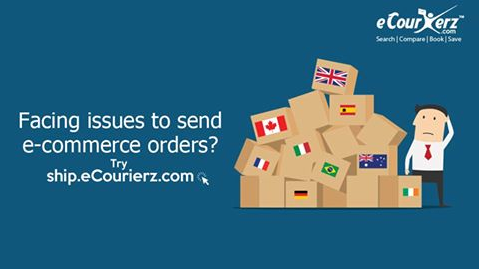Best Practice for Increasing Online Sales for Online sellers

Its very clear if you are reading this, there are high chances you are thinking of starting your own online business. Marketplaces like Flipkart, Amazon, and Snapdeal are giving huge opportunities to young students, housewives, and small shop owners to scale their businesses and earn good money. However, there are various factors which need to be looked at before starting an online business. Its advised to sell something unique and different Discounts and Offer to attract more customer The details product listing make a lot of difference while you sell online if your products are one among many, there are very high chances of loosing sales to your competitions. However, by listing something unique products not only your sales increases but also your visibility and ratings will go up. Take advantage of few search keywords for more visibility of your listings & creative contents & product descriptions Increase your business visibility on search eng...





